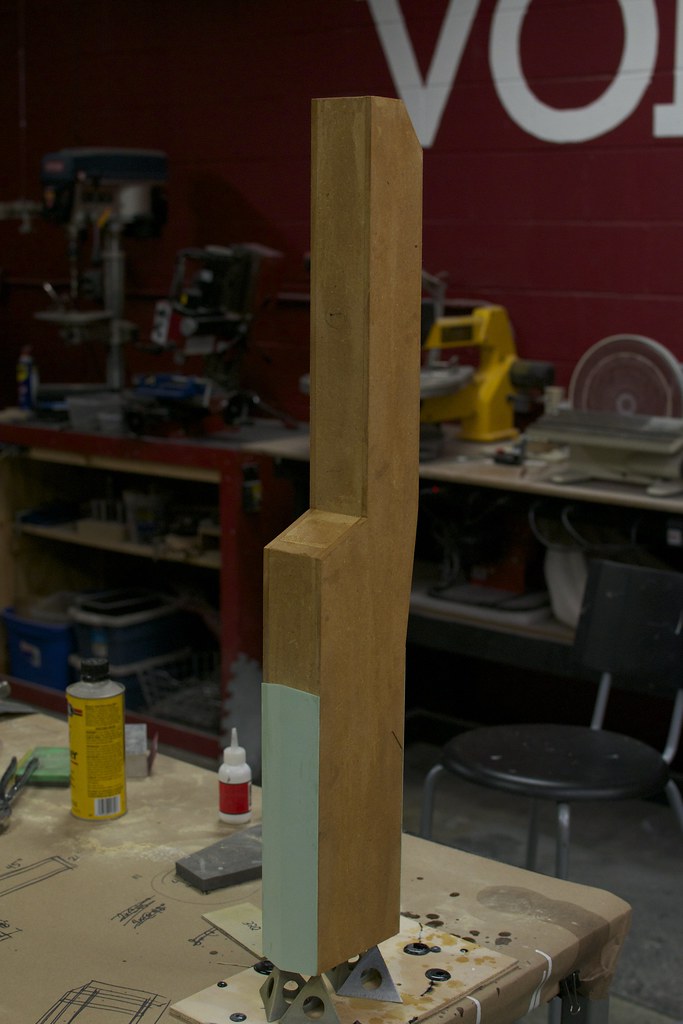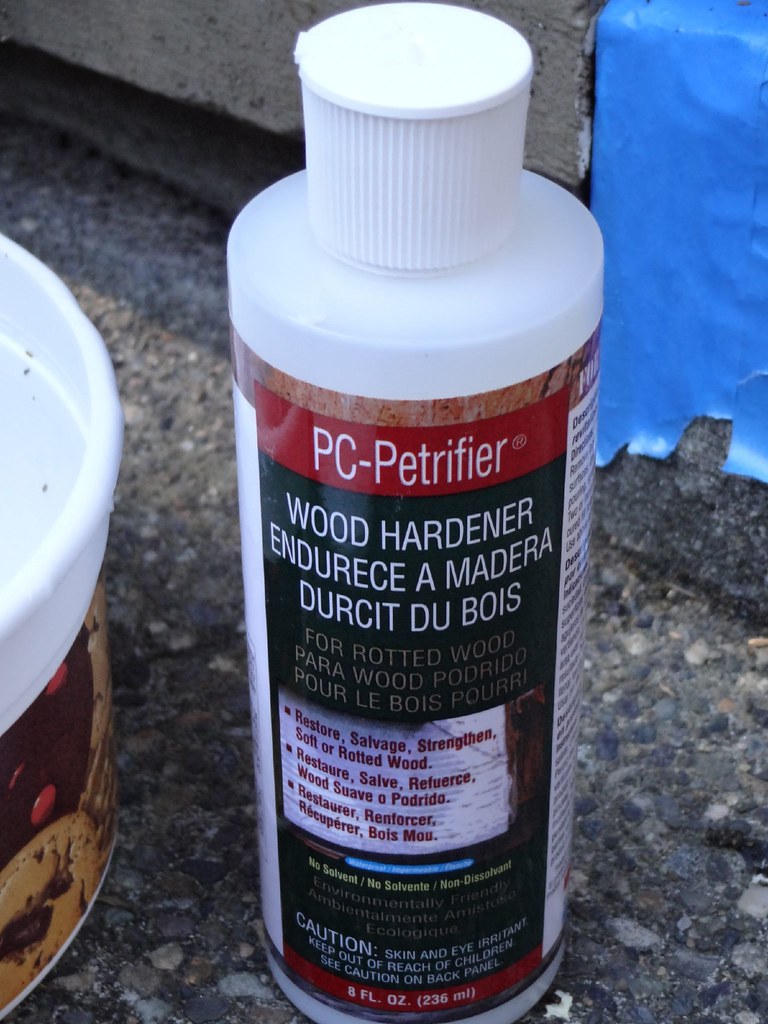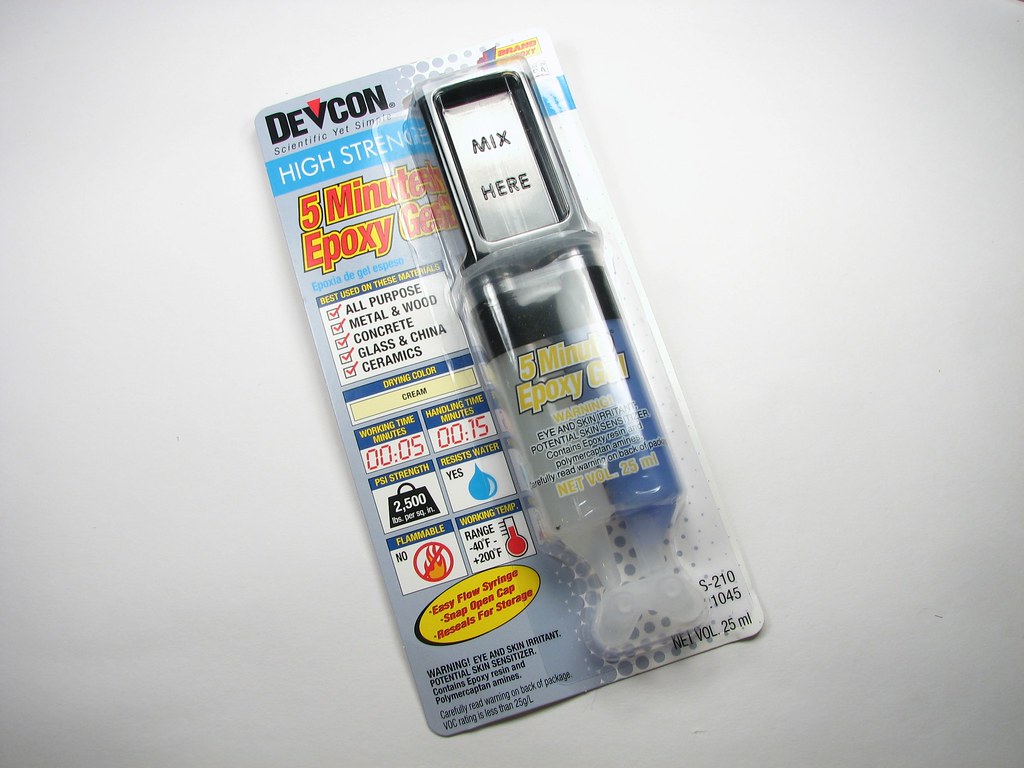Are you feeling overwhelmed by the abundance of wood restoration options available?
You’re not alone.
In this article, I’ll help you navigate the age-old debate between two popular choices: wood hardener and epoxy.
As an expert in the field, I have encountered countless situations where choosing the right solution is crucial for preserving and repairing wood.
I’ll delve into the characteristics, applications, and benefits of both wood hardener and epoxy, providing you with a clear understanding of which product is best suited for your needs.
Together, let’s explore the realm of wood restoration and discover the differences between these two essential materials.
Understanding Wood Hardener

If you want to extend the lifespan of your wooden furniture or structures, it’s crucial to use the right products and methods.
One of the most commonly used products for this purpose is a wood hardener, which can help to strengthen and protect the wood.
I will provide you with all the necessary information about wood hardener, including what it is, how it works, and the best ways to apply it for optimal results.
Function and Benefits of Wood Hardener
Wood hardener is a specifically formulated product to reinforce and strengthen deteriorating or rotted wood.
It penetrates the wood fibers, bonding with the existing material and creating a solid base. This treatment not only strengthens the wood but also prevents further decay and damage.
The ability to restore structural integrity and extend the life of wood is one of the primary benefits of using a wood hardener.
Wood becomes more resistant to impact, weathering and insect attack when it is hardened.
This is especially useful for areas constantly exposed to moisture or high humidity.
Proper Ways to Apply Wood Hardener

The application of wood hardeners requires careful preparation and attention to detail.
Before beginning the application process, it is essential to thoroughly clean the wood and remove any loose or decayed material.
Once the surface is clean and dry, the wood hardener can be applied generously with a brush or spray.
The application of the wood hardener should completely saturate the damaged areas. Multiple coats may be necessary to achieve optimum penetration and strength. Allow adequate drying time between each coat according to the manufacturer’s instructions.
After the wood hardener has dried, it is important to sand the surface to smooth out any rough areas and prepare it for further treatments or finishes. This will ensure a durable and aesthetically pleasing finish and provide a strong foundation for subsequent repairs or painting.
Wood hardener is an excellent choice for reviving deteriorated or rotting wood.
Its ability to reinforce and strengthen wood while preventing further decay makes it a valuable tool for any woodworking project.
You can restore the beauty and functionality of your woodwork and extend its life for years by following proper application techniques and using Wood Hardener as a base for other treatments.
Insights on Epoxy
One of the most popular options available for the restoration and protection of wood is epoxy resin.
Epoxy is a versatile and durable material that can provide many benefits when used properly.

Key Features and Advantages of Epoxy
Epoxy offers a range of key features and advantages that make it a go-to option for wood hardening and restoration projects.
Here are some of the main benefits of choosing epoxy:
- Durability: Epoxy forms a strong and resilient bond with wood, creating a hardened surface that is highly resistant to wear and tear. This durability ensures that your wood remains protected for an extended period.
- Waterproofing: One of the standout qualities of epoxy is its ability to repel water. This makes it an excellent choice for wooden structures exposed to moisture, preventing rot and decay from damaging the wood.
- Strengthens Weak Wood: Epoxy has the remarkable ability to penetrate deep into the wood fibers, effectively reinforcing weak or damaged areas. By strengthening the wood, epoxy can restore its structural integrity, prolonging its lifespan.
- Chemical Resistance: Another advantage of epoxy is its resistance to chemical substances, such as solvents and oils. This characteristic ensures that your wood is safeguarded against potential damage caused by exposure to these substances.
- Enhances Aesthetics: In addition to its protective qualities, epoxy can also enhance the visual appeal of wood. It can be tinted, stained, or finished to bring out the natural beauty of the wood, adding a touch of elegance to your project.
Process of Applying Epoxy Correctly
Now that you know the key features and advantages of epoxy, it is crucial to understand the correct process of applying it to ensure optimal results.

Some insights on how to apply epoxy correctly:
- Surface Preparation: Before applying epoxy, it is essential to prepare the wood surface adequately. This involves cleaning the wood and removing dirt, grease, or loose particles. Sanding the surface to create a smooth and even texture is also crucial for optimal adhesion.
- Mixing Ratio: Epoxy typically consists of two components that must be mixed together in the correct ratio. It is vital to follow the manufacturer’s instructions carefully to ensure the proper mixture, as an incorrect ratio may compromise the strength and effectiveness of the epoxy.
- Application Technique: When applying epoxy, it is recommended to use a brush, roller, or sprayer, depending on the project’s requirements. Apply the epoxy evenly and thoroughly, ensuring complete coverage of the wood surface. Avoid excessive buildup or puddling, as this can lead to uneven curing.
- Curing and Finishing: Allow the epoxy to cure according to the recommended time provided by the manufacturer. Once fully cured, sand the surface lightly to achieve a smooth finish. You may apply additional coats of epoxy or a suitable finish to enhance protection and aesthetics.
You can keep your wood protected, strengthened, and visually appealing for years to come by following these guidelines and taking the time to apply epoxy correctly.
In-Depth Comparison: Wood Hardener vs Epoxy
Dealing with decayed or damaged wooden surfaces can be a challenge, but there are two popular solutions to restore them: wood hardener and epoxy.
Although both products are designed to repair damaged wood, they differ in their composition and application methods.
Difference in Application for Wood Hardener and Epoxy
It’s important to understand the differences between applying wood hardener and epoxy.
Wood hardeners come in liquid form and penetrate deep into the wood, bonding with its fibers and strengthening weakened areas.
To apply a wood hardener, first clean the surface and remove any loose or decayed wood. Then, use a brush or spray to saturate the wood with the hardener.
Epoxy, on the other hand, is a two-part adhesive consisting of a resin and a hardener.
It is commonly used to repair large gaps, fill cavities, or bond loose wood fibers.
To apply epoxy, mix the resin and hardener according to the manufacturer’s instructions and then apply it to the damaged area with a spatula or putty knife.
The mixture cures and hardens over time to form a permanent bond.
Durability: Epoxy versus Wood Hardener
Epoxy/wood hardener durability comparisons should be based on your project’s unique needs.
Epoxy is known for its exceptional strength and resilience, making it an excellent choice for areas that require high durability, such as repairing rotted structural elements or filling large voids.
Once cured, epoxy forms a tough, moisture-resistant layer that protects the wood from further damage.
Wood hardeners, while not as strong as epoxy, provide a significant improvement in the durability of damaged wood.
They penetrate the wood fibers, effectively strengthening weak areas and preventing further deterioration.
Wood hardeners are ideal for minor repairs, such as repairing rot or strengthening brittle wood surfaces.
They also help stabilize the wood, reducing the risk of further deterioration.
Wood hardeners are good for minor repairs and stabilization, while epoxies are better for major repairs and creating strong, durable bonds.
Understanding the differences between these two products will help you make an informed decision about which one to choose for your wood restoration project.
Conclusion
Both wood hardeners and epoxies are effective options for repairing and strengthening wood after discussing their properties and uses.
But each product offers its advantages and limitations.
Wood hardener is an excellent choice for treating soft or rotten wood, providing a durable and solid base for further repairs.
Epoxy, on the other hand, offers a versatile and long-lasting solution, ideal for filling gaps, bonding pieces and creating durable wood finishes.
Ultimately, the choice between wood hardener and epoxy depends on the specific needs of your project.
Always consider the extent of the damage, desired durability and aesthetic requirements before deciding.
With proper application and a thorough understanding of their unique properties, both wood hardeners and epoxies can help preserve and extend the life of your wood structures.

